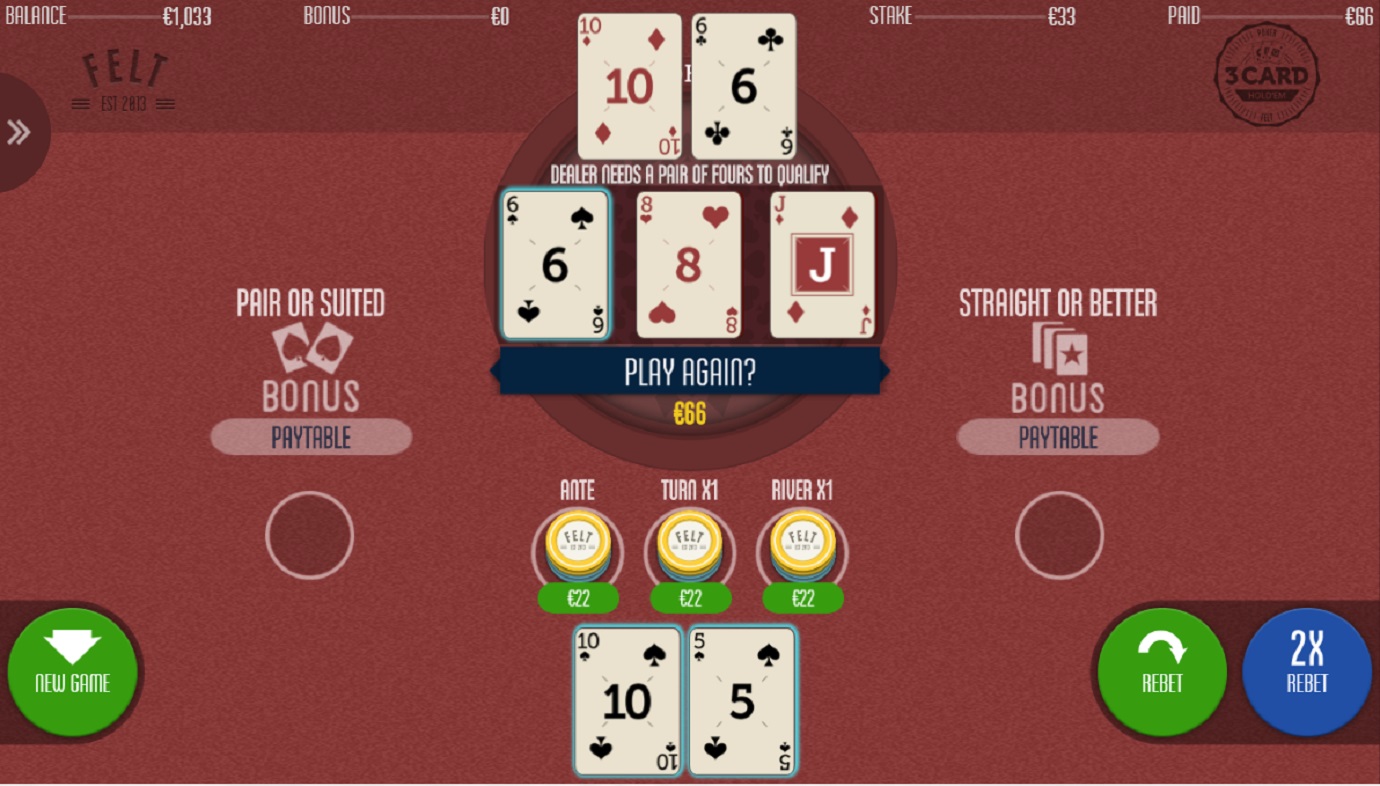Ultimately, the key to mastering the strategic landscape of 3 Card Hold’em Poker lies in recognizing these patterns and adjusting your play style accordingly. Successful players will actively monitor the actions and reactions of their opponents, calibrating their approach to maximize their chances of success.
Advanced Techniques in 3 Card Hold’em Poker
Once a player has become comfortable with the basics and intermediate strategies of 3 Card Hold’em Poker, they can begin to explore advanced techniques that further elevate their game.
Bluffing and Semi-Bluffing
Bluffing is a beloved tactic in poker, and 3 Card Hold’em Poker is no exception. The ability to convincingly represent a strong hand despite having a weaker one can create opportunities for significant gains. However, timing and execution are paramount for successful bluffing khuyen mai 78win.
A successful bluff often hinges on the context of the game itself. If the board reveals possibilities for straights or flushes, players can occasionally leverage this uncertainty to their advantage. For example, if the community cards suggest a potential straight, players may bluff when they perceive that their opponent might believe they have completed that straight.
Semi-bluffing involves betting on a hand that has the potential to improve while still having some value. For instance, if a player holds a flush draw (two suited cards with a third in-hand), they can bet aggressively, giving the impression that they already possess a strong hand. This duality—balancing the chance of winning outright through a bluff versus actually completing a winning hand—makes semi-bluffing a nuanced approach that can yield significant rewards.
However, caution is necessary. Overusing bluffs can lead to predictability, diminishing their effectiveness. Therefore, discerning when to employ this tactic while maintaining a diverse strategy is essential for long-term success.
Positional Awareness
Position is a critical element of poker, particularly in 3 Card Hold’em Poker. The order in which players act at the table can greatly influence their strategy and decision-making process.
Players in late position have the luxury of observing the actions of their opponents before making their own decisions. This advantage can allow them to gather valuable information about the strength of surrounding hands and potentially capitalize on openings that arise.
Conversely, players in early position face the challenge of acting without much insight into their opponents’ intentions. This requires a tighter hand selection combined with a willingness to fold if the situation appears unfavorable.
Recognizing and adapting to positional awareness not only aids in crafting effective strategies but also empowers players to control the pace of the game. Players who effectively leverage their position can dictate the action, pressuring weaker opponents into uncomfortable decisions.
Bankroll Management
Effective bankroll management is a critical, yet often overlooked, aspect of success in 3 Card Hold’em Poker. Maintaining a disciplined approach to betting can minimize risks and ensure longevity at the tables.
Players should establish a budget before engaging in the game, outlining how much they are willing to spend and setting limits on losses. This protective measure not only helps to mitigate emotional decision-making but also reinforces a structured approach to gambling.
Additionally, it’s advisable to avoid playing at stakes that exceed comfort levels. Players should assess their skill level and experience, choosing games that align with their proficiency. Engaging in higher-stakes games without adequate preparation can lead to substantial financial loss and frustration.
Ultimately, maintaining a healthy relationship with money, emphasizing responsible gaming practices, and ensuring that bankroll management remains paramount will contribute to sustained success in 3 Card Hold’em Poker.
